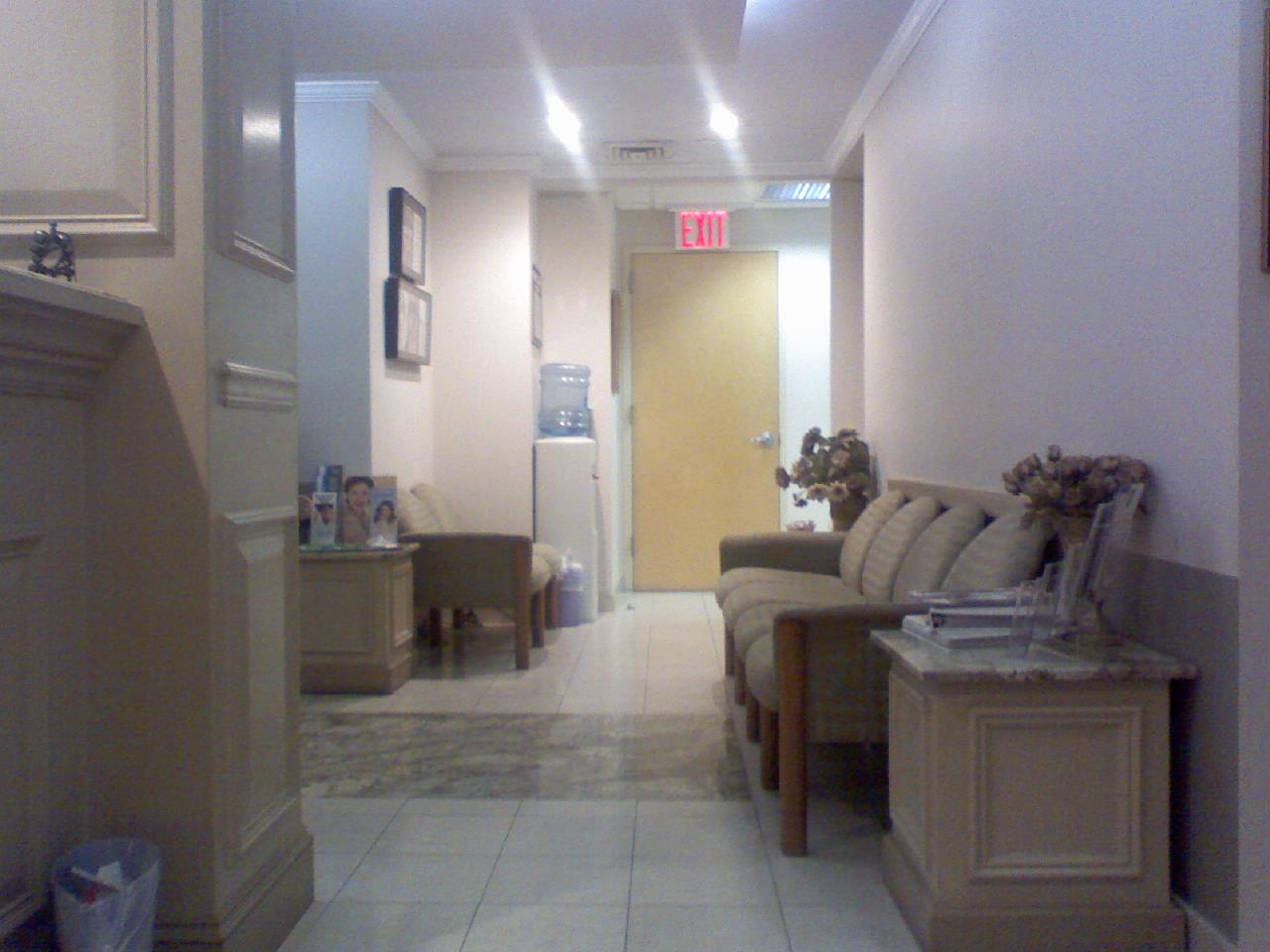
Medicaid in the United States is supposed to provide low-income Americans with low-cost health care. But those who get Medicaid may still often find themselves out of luck, especially in certain states.
In 2013, almost one in three doctors’ offices in the U.S. refused to take new Medicaid patients, according to a new survey from the U.S. National Center for Health Statistics. Acceptance rates varied wildly between states, with New Jersey, California, Florida, Louisiana, and New York faring much worse than average. In New Jersey, for example, only 39 percent of doctor’s offices were accepting new Medicaid patients. In contrast, 85 percent of offices said they would take new, privately insured patients and 84 percent said they would take new patients who were covered by Medicare, the federal insurance program for people age 65 and older.

It’s well known to researchers—and perhaps common sense to everybody else—that the states with the lowest acceptance rates are the ones in which doctors get paid the least for seeing those covered by Medicaid. Yet none of those states with low acceptance rates have plans to increase Medicaid doctors’ pay, while a number of states that have average or higher-than-average acceptance rates do.
The Affordable Care Act provided a temporary fix in 2013 and 2014, when it required states to pay primary-care doctors as much for Medicaid patients as they do for patients covered by Medicare. Do the effects of that show up in the 2013 National Center for Health Statistics data? Perhaps not, the center’s researchers write in their report, because many states had delays in implementing the higher pay.
In February, a study found that during the pay-raise period, Medicaid patients had more primary-care appointments available to them. That’s good news for the states that plan to use their own funding to extend the Affordable Care Act’s Medicaid pay-raise provision. However, as of October 2014, only 15 states planned to do so, the Kaiser Family Foundation reports. And none of them were among the states identified in the National Center for Health Statistics report as accepting new Medicare patients at a rate significantly lower than average. Those that fared the worst, it seems, are content to lag behind.





